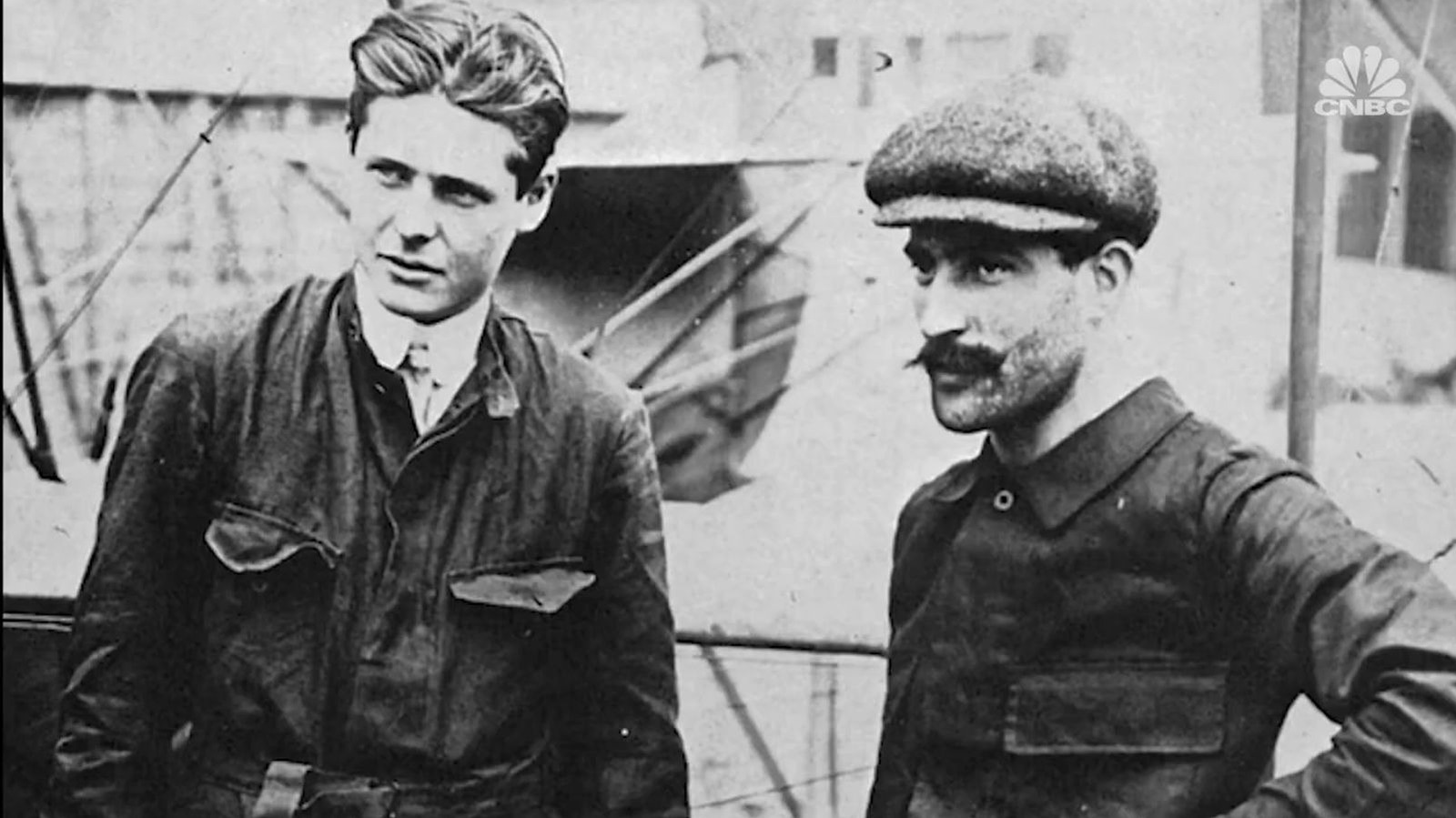
The autopilot feature in an airplane seems like something that should be a recent invention, right? After all, it’s only just been within the last decade that we’ve seen a fully realized autonomous driving feature in automobiles. Granted, there are far fewer airplanes in the sky than there are cars on the road, but in an odd way, it still feels like a plane flying itself without direct assistance from the pilot is more hazardous.
Well, that’s not the case. In fact, the first system was initially developed in 1912, a mere nine years after the Wright Bros first took to the air at Kitty Hawk, North Carolina (just one of the top 10 moments in aviation history that changed flight forever). Back then, there wasn’t a suite of sophisticated high-tech fly-by-wire computer-based control systems to fly a plane like there is today, so comparatively speaking, this early autopilot feature was incredibly primitive.
An American named Lawrence Sperry is credited with coming up with a relatively simple device known as the “gyroscopic automatic pilot,” which was able to maintain the three flight axes – pitch, roll, and yaw of — an aircraft. It was created to help the pilot (not replace them) so they could go about performing other tasks, such as mapping routes and monitoring for sudden weather changes. Sperry’s invention basically kept the plane balanced in flight, and could also make unassisted takeoffs and landings if needed.
Gyroscopes were more than just a toy to the Sperrys
In June 1914, Sperry and his French mechanic, Emil Cachin, showcased the invention for the first time in spectacular fashion. They, along with 56 other planes equipped with trailblazing safety features, entered the “Concours de la Securité en Aéroplane” (Airplane Safety Competition), held by the Aero Club of France and the French War Department. When it was time, Sperry and Cachin took flight in a single-engine Curtiss C-2 biplane (with a hydroplane fuselage) fitted with his gyroscopic automatic pilot. They made three passes, each time revealing more of its capabilities.
On the second pass, Cachin moved out onto one of the wings. As he did, the plane banked due to the weight shift, but the gyroscope compensated perfectly. On the final pass, Sperry moved out onto the other wing — leaving the plane pilotless. The assembled crowds (not to mention the judges) went absolutely wild, and they easily won the competition and 50,000 francs ($10,000).
Sperry had some help, though. His father, Elmer A. Sperry, a renowned inventor in his own right, was well-versed in gyroscopes. He fashioned a gyrocompass used on some U.S. warships during the First World War, as well as by the USS Nautilus, the world’s first nuclear-powered submarine; a gyro stabilizer that reduced a ship’s roll caused by waves; and a gyro pilot system to steer ships, among other things. He’s often hailed as the “father of modern navigation technology.” Still, Lawrence was able to conquer the skies much like his father had done with the sea. Together, they held over 400 patents across various industries.
